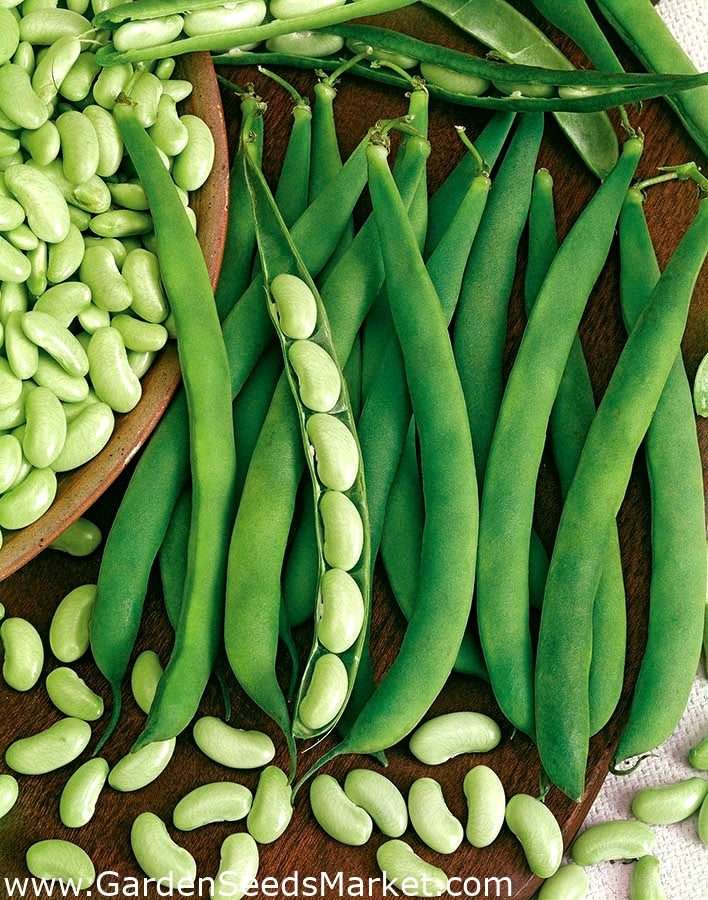Fasola - Hestia
Fasola - Hestia
Couldn't load pickup availability
1. Sowing Indoors or Outdoors:
- Indoors: Start seeds indoors 4–6 weeks before the last frost to get a jump on the growing season.
- Sow seeds in small pots filled with seed-starting mix. Plant seeds about 1 inch deep.
- Keep the pots in a warm, sunny location with temperatures around 60–70°F (15–21°C). Germination should occur within 7–14 days.
- Transplant the seedlings outdoors after all danger of frost has passed and when the soil has warmed up to at least 60°F (15°C).
- Outdoors: Direct sow outdoors once the soil is warm (typically after the last frost).
- Plant seeds 2 inches deep and space them about 6–12 inches apart. The recommended row spacing is 18–24 inches.
- Keep the area well-watered, but avoid waterlogging.
2. Sunlight and Soil:
- Sunlight: Runner beans, including Hestia, prefer full sun for at least 6–8 hours per day.
- Soil: Fertile, well-drained soil is ideal. Beans prefer a slightly acidic to neutral pH (6.0–7.0).
- Improving soil: Work in compost or well-rotted manure to enrich the soil before planting, as this will provide the beans with the nutrients they need to thrive.
3. Watering:
- Keep the soil moist but not waterlogged. Beans need a steady supply of water during their growing season, especially when they’re setting pods.
- Water at the base of the plants to keep the leaves dry, reducing the risk of fungal diseases.
4. Care:
- Support: Since Runner Beans are climbers, they require some form of support. 'Hestia' is a dwarf variety that typically grows to 18–24 inches tall, so you can use small stakes, trellises, or even bamboo poles.
- Mulching: Apply mulch around the plants to retain moisture and suppress weeds.
- Fertilizing: Runner beans generally do not need much additional fertilizer. Beans have the ability to fix nitrogen from the air, so excessive fertilization can lead to leafy growth at the expense of flowers and pods. However, if the soil is poor, a light application of a balanced fertilizer can help.
5. Pest & Disease Control:
- Keep an eye out for common pests like aphids or snails. Hand-pick pests or use organic insecticidal soap if needed.
- Powdery mildew and rust can affect beans, especially in damp, cool weather. To prevent this, avoid overhead watering and ensure good air circulation around the plants.
6. Harvesting:
- Pods: Harvest beans when the pods are plump and fully mature. For fresh eating, you can pick beans when they are tender and young.
- Dry Beans: For dried beans, allow the pods to dry on the plant before harvesting. Once the beans rattle in the pods, you can pick them and allow them to dry completely in a cool, dry place.
7. General Tips:
- Runner Beans 'Hestia' are a compact, bushy variety that’s perfect for small spaces, containers, or raised beds.
- They are also known for their attractive red or white flowers and can be grown as ornamental plants or edible crops.
- Pollination: Beans are self-pollinating, but having bees or other pollinators around can increase pod production.
Fasola 'Hestia' is a delicious, hardy variety of runner bean with compact growth, making it perfect for smaller gardens or containers. Its sweet, tender pods are perfect for cooking fresh or freezing, and the plant’s vibrant flowers can brighten up your garden.
Share


